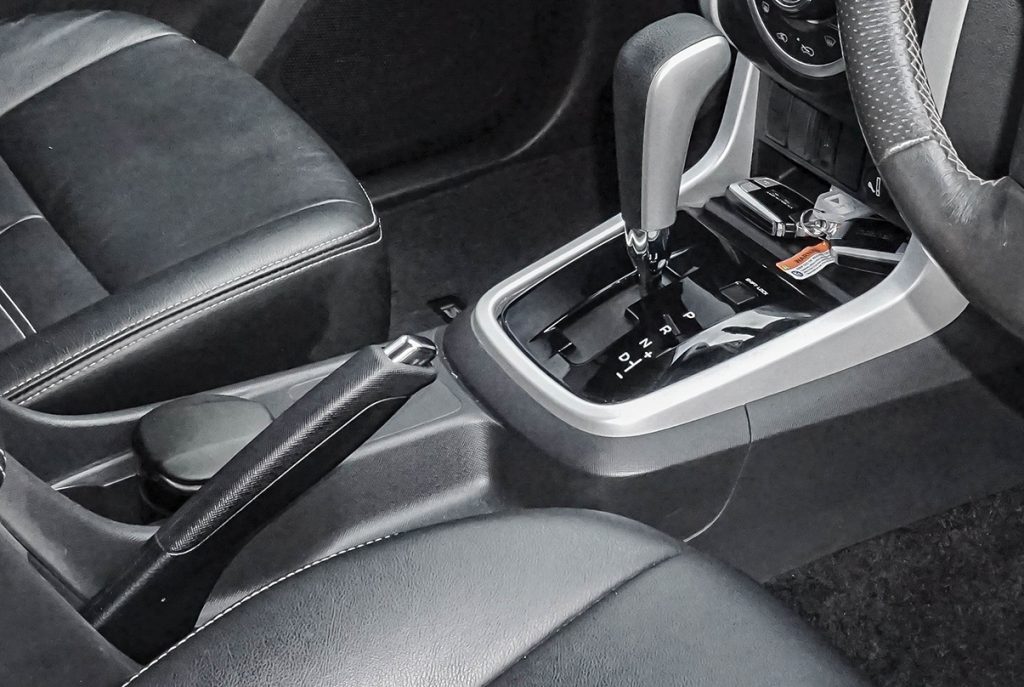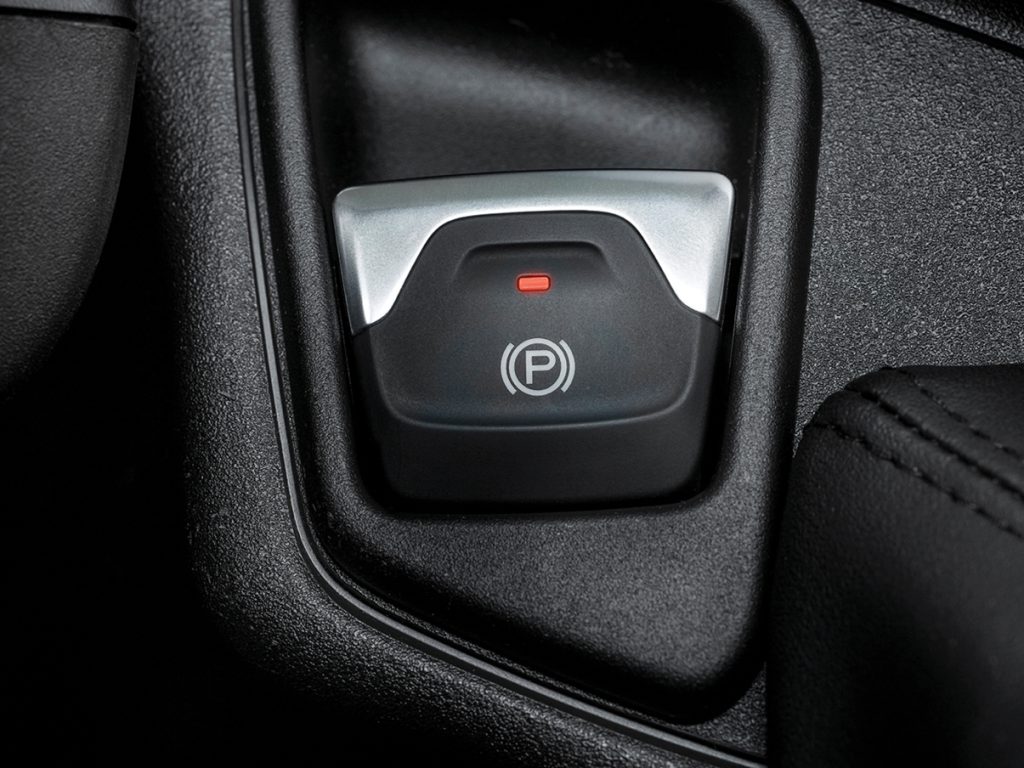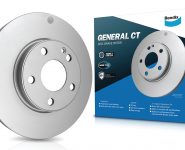TRADITIONAL VERSUS ELECTRONIC HANDBRAKES
Insights from Bendix

Not too many years ago, if you got into a car and couldn’t see a handbrake lever sitting in the console between the front driver and passenger seats, you’d probably be left scratching your head.
Increasingly though, modern cars are making the switch from using a traditional handbrake that’s engaged via a lever, to having a push button electronic park brake.
While the purists may not like the change – especially those who grew up watching rallying – there are several benefits to having an electronic handbrake.
Aesthetically, removing the handbrake lever creates additional space in the cabin and in the case of light commercial vehicles such as vans, it also provides the driver with easier access to the cargo space through the cabin, or to exit the vehicle on the passenger side if they’re parked on a busy street.
As functional as these benefits are, we can probably safely say that the driving force towards the wider adoption of electronic park brakes has simply been because it’s easier to press a button than to pull a lever.
Ease-of-use and convenience is a strong trend in the world of automotive design.
So, appearance aside, how do electronic park brakes work and how different are they to traditional park brakes in how they operate? Well, aside from how each is engaged, they both work in a very similar way.
How do handbrakes work?
The main purpose of a hand brake is to have a secondary braking option in the unlikely event that the primary brakes – which are hydraulic – fail.
By pulling on the back-up handbrake, the lever tensions a cable that applies the rear brake pads/shoes on the rotors or drums, to help bring the vehicle safely to a halt.
The handbrake of course also keeps the vehicle stationary when parked.
Electronic handbrakes work in the same way, the main difference though is that instead of using the driver’s physical force through the lever, a button is pressed which actuates an electric motor which in turn pulls the cables.
There is also an alternative electronic handbrake design that sees a stepper motor at the back of the caliper at each wheel that directly actuates the system.

What’s best, electronic or traditional handbrake?
Both systems essentially do the same task but in a slightly different way.
As touched on earlier, an electronic park brake can offer some extra in-cabin space and is easy to engage at a simple push of a button.
Many electronic park brakes will also disengage when the car begins to move, so releasing the handbrake is one less thing to do.
Some will also automatically apply themselves when the car is stopped, so for forgetful types, this could be a bonus.
For older drivers who have spent many years behind the wheel, their preference might be for a traditional handbrake, as it’s what they’ve always known.
For many, the act of manually pulling the handbrake may also be reassuring and the effect is immediate, as opposed to engaging an electronic handbrake at speed, which typically will bring the vehicle to a standstill more gradually.
Which is easier to maintain and repair?
By virtue of their simple design, traditional handbrakes are normally easier and more cost effective to repair.
With electronic handbrakes, more components make up the system adding to complexity, they’re also reliant on electric power, so if the battery goes flat or there is another issue with the vehicle’s electrics, they can be more difficult to move (some cars do offer a manual release).
With many of these electronic handbrakes, an appropriate scan tool and relevant software will also be needed to perform maintenance.
For more information, visit www.bendix.com.au









